‘Highly novel and timely’ Seafood Risk Tool supports the development of sustainable aquaculture
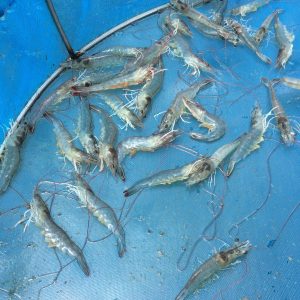
Scientists from Cefas (Centre for Environment, Fisheries and Aquaculture Science) and the University of Exeter have developed a new way to identify and reduce the impact of chemicals and diseases in global aquaculture. In a new paper published in Nature Food, the scientists describe a Seafood Risk Tool to support the development of sustainable aquaculture.
“The elaboration of a simple harmonized framework, the Seafood Risk Tool enables assessment of animal and public health risks throughout seafood production chains,” said co-lead author Dr. Rachel Hartnell, a science director from Cefas. “This standardized all-hazards profiling approach helps us make informed go/no-go decisions based on data, and where needed provides evidence for targeted policy interventions to support development of sustainable and safe aquaculture.”
Aquatic organisms are particularly sensitive to their environment and the hazards that may occur within it. These hazards – ranging from natural and industrial chemical pollutants, pathogens which impact the health of farmed stock and human pathogens which may contaminate seafood and reach the consumer – can combine to impact not only farm yield and profit but also the safety of consumers eating seafood products from the sector.
The Seafood Risk Tool calculates the combined impact of these complex hazards on seafood supply chains and demonstrates how impacts can be minimized by government, industry and even the consumer. In the paper, the scientists tested the Seafood Risk Tool on bivalve molluscs intended for raw consumption – a scenario considered high risk in terms of food safety, as through filter-feeding, these animals take on the characteristics of their complex environment.
“We show that application of the Seafood Risk Tool enables identification of both major risks and effective mitigation points,” said Hartnell. “Thus, informing risk-based decisions on development, and focusing interventions where they can realize maximum benefits – in doing so delivering positive food security outcomes.”
Cefas Chief Scientist Professor Stuart Rogers called the approach “highly novel and timely”, as it considers for the first time the combined impact of diverse hazards on aquatic food supply and tangible measures to de-risk supply from these sectors. It’s increasingly important as populations rely on aquatic habitats for the production of safe and sustainable blue foods.
Aquaculture is one of the fastest-growing and highly traded global food sectors, currently providing about 50 percent of all seafood consumed by humans. It’s projected to grow to as much as 70 percent by 2050, but with that expansion comes a responsibility to ensure sustainability is built into the sector. That means protecting the health and welfare of organisms on the farms, the surrounding environment and seafood consumers.
“The drivers for increased aquaculture are well known but it is critical that as the industry expands over coming decades, we manage the animal welfare and economic impact of production diseases and protect consumers of end products from food safety risks,” said Hartnell.
The “One Health Aquaculture” approach, described in the paper by the research team, proposes that such a balance “must be urgently factored into local to international plans to expand the sector.”
“The Seafood Risk Tool is an innovative step forward in seeking to better integrate effective assessment of animal and public health risks in seafood production,” said co-author Professor Charles Tyler, co-author and co-director of the Collaborative Centre for Sustainable Aquaculture Futures at the University of Exeter. “The tool helps us to focus on what is most needed for the development of safe aquaculture futures.”
Follow the Advocate on Twitter @GSA_Advocate
Now that you've reached the end of the article ...
… please consider supporting GSA’s mission to advance responsible seafood practices through education, advocacy and third-party assurances. The Advocate aims to document the evolution of responsible seafood practices and share the expansive knowledge of our vast network of contributors.
By becoming a Global Seafood Alliance member, you’re ensuring that all of the pre-competitive work we do through member benefits, resources and events can continue. Individual membership costs just $50 a year.
Not a GSA member? Join us.
Author
Tagged With
Related Posts
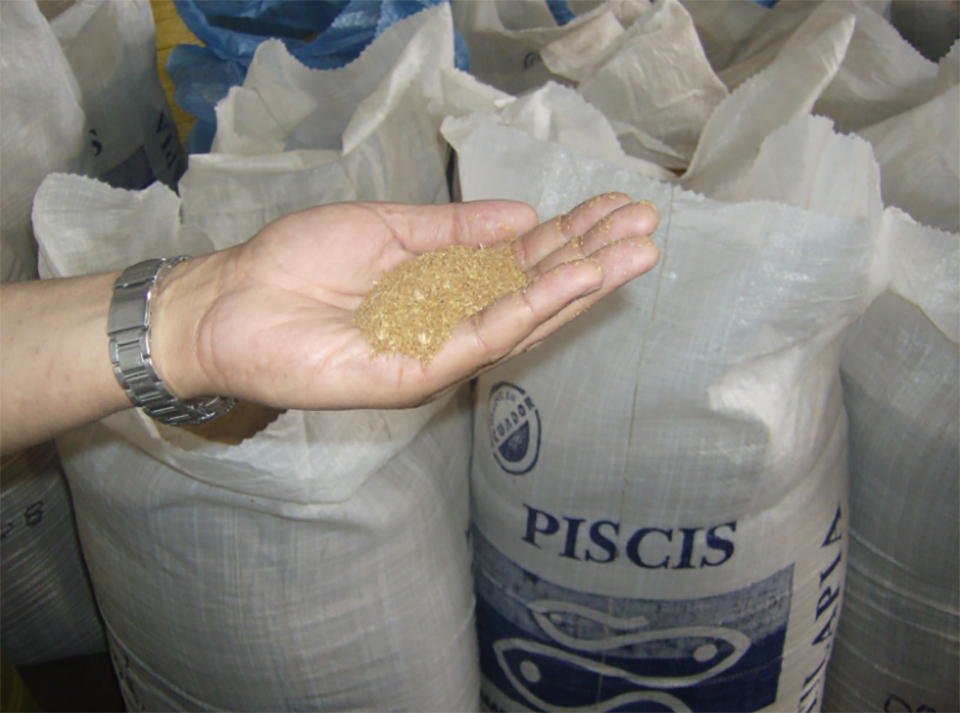
Aquafeeds
Feed Innovation Network: A streamlined aquafeed ingredient evaluation tool
To position aquaculture for future growth, it needs tools to evaluate a growing spectrum of alternative ingredients and formulated diets designed to optimize fish health and efficient production.
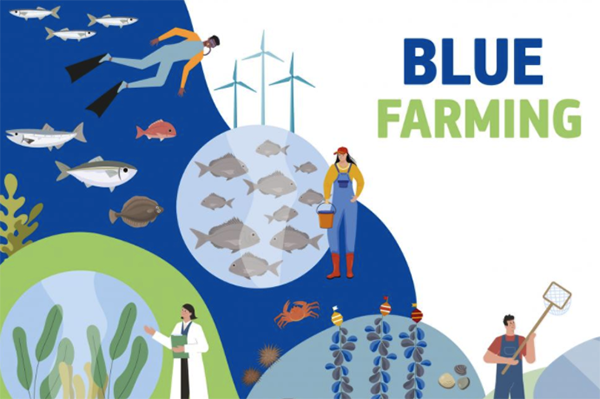
Intelligence
‘Blue Farming’ sustainable aquaculture document updates Europe’s Farm to Fork strategy
The European Commission reaffirmed its commitment to sustainable aquaculture with the agri-food policy update Blue Farming in the European Green Deal.
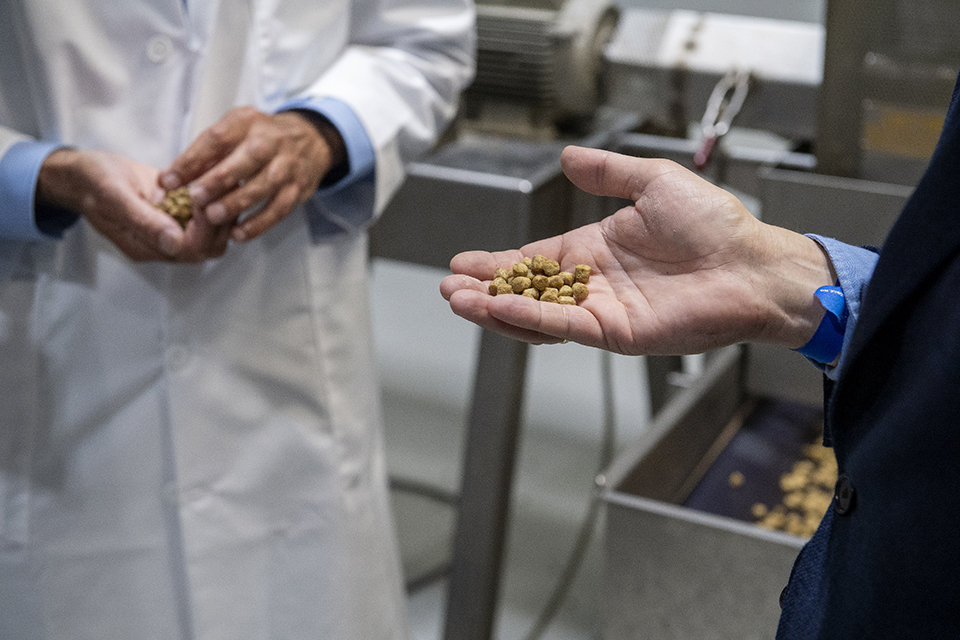
Aquafeeds
Nofima launches collaborative project to develop sustainable ingredients for farmed salmon
Nofima has launched the Millennial Salmon Project, a collaborative research initiative to develop sustainable ingredients for farmed salmon.
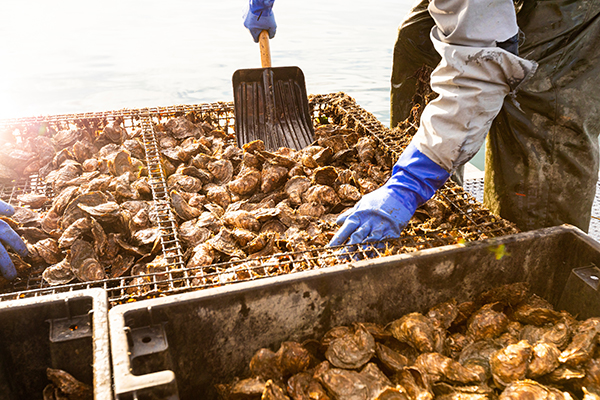
Responsibility
The Nature Conservancy defines restorative aquaculture in new study
The Nature Conservancy's latest study sets out a standard definition of and global principles for restorative aquaculture.



